Is 2021 the New 1971? Corvette’s Future is Set to Dazzle… But How Long With a V8?
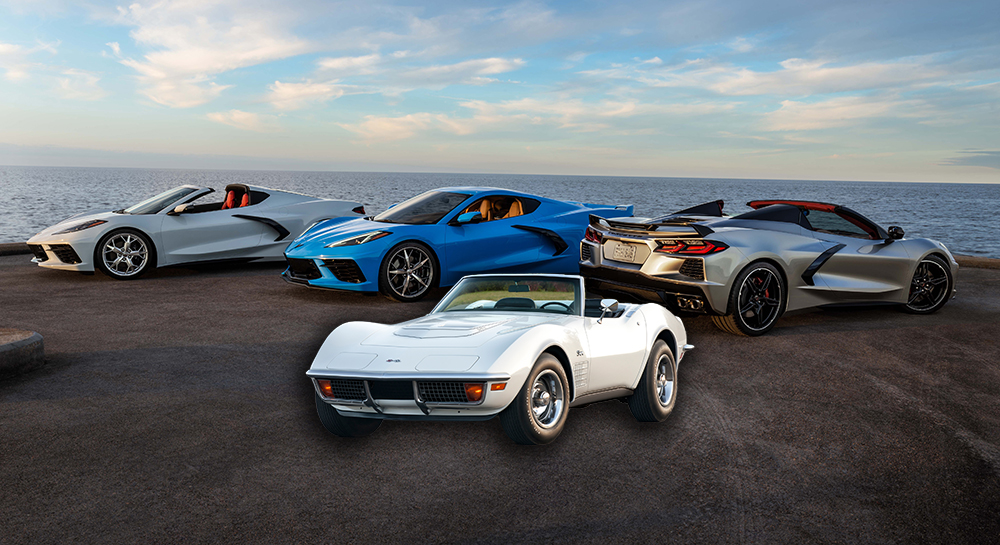
As 2021 turns into 2022, Corvette’s future has never been brighter, but there’s a storm brewing that hasn’t happened since the early 1970s…
2021 was basically the (second?) worst time in history to buy a new Corvette. Low volume. High prices. Long waits. And you know what makes it all super frustrating? We’ve never lived in a more EXCITING time to buy a new Corvette or high-performance Chevy. The eight-generation mid-engine C8 hit the streets in 2020 to much acclaim as the (then) quickest Corvette to 60. GM sibling Cadillac launched its most powerful sedan ever with a revamped LT4. Chevy debuted the 2023 Corvette Z06 with the most powerful naturally aspirated V8 of all time. And the E-Ray, ZR1, and ZORA C8s are still coming. The Corvette has never been better.
But there aren’t enough of them to meet demand. And V8-powered Corvettes won’t be around much longer…
The V8 End is Nigh
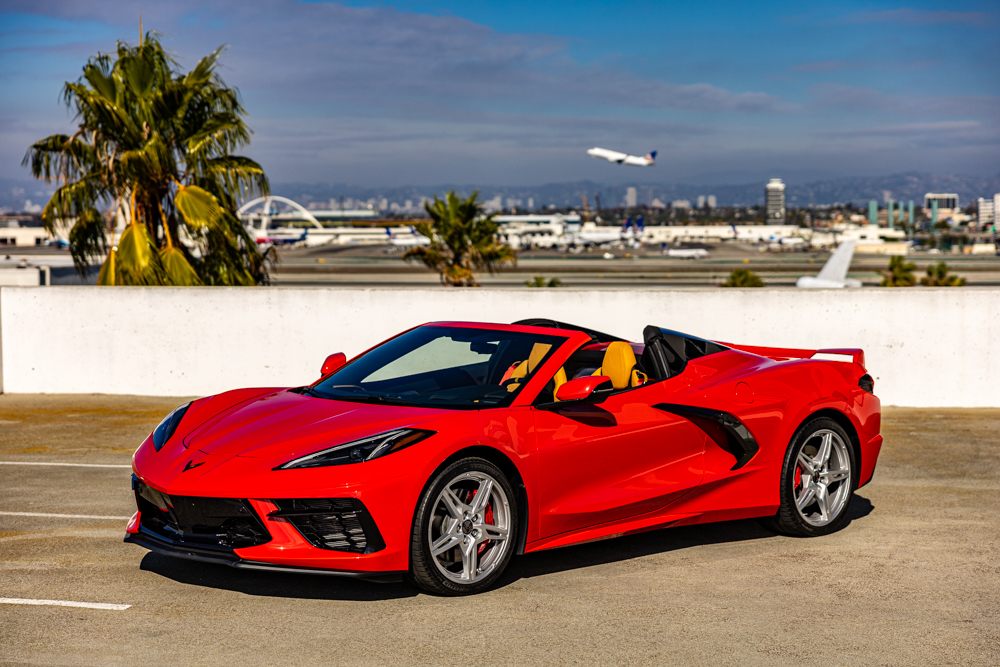
With looming emissions regulations on the rise, automakers announce power declines for the next model year and the forthcoming discontinuation of high-performance V8 vehicles in favor of new technology… sound familiar? That was 1971.
1971, for those who don’t recall, was the peak of the muscle car era. In contrast, the 1972 model year saw the first power declines in Corvette history. (That’s right, even the mighty 454 was choked down to 270 ponies.) Today, things still look okay at Chevy Performance. But there’s a storm brewing. The new Cadillac V-Series Blackwings will be the final gas-powered V models. Ford is dropping the power levels on two V8 Mustangs next year. Dodge won’t have Hellcats after two more years. Most European brands have already dropped naturally aspirated V8s from their lineup. And a sizable chunk of automakers expect to go all-electric this decade.
The V8, my friend, and ICE performance, in general, are in their golden hours. If you love the sound of an engine screaming to redline, the end is nigh, save for a few last gasps of engineering greatness (Z06). And it’s happening faster than we imagined.
Silver Linings
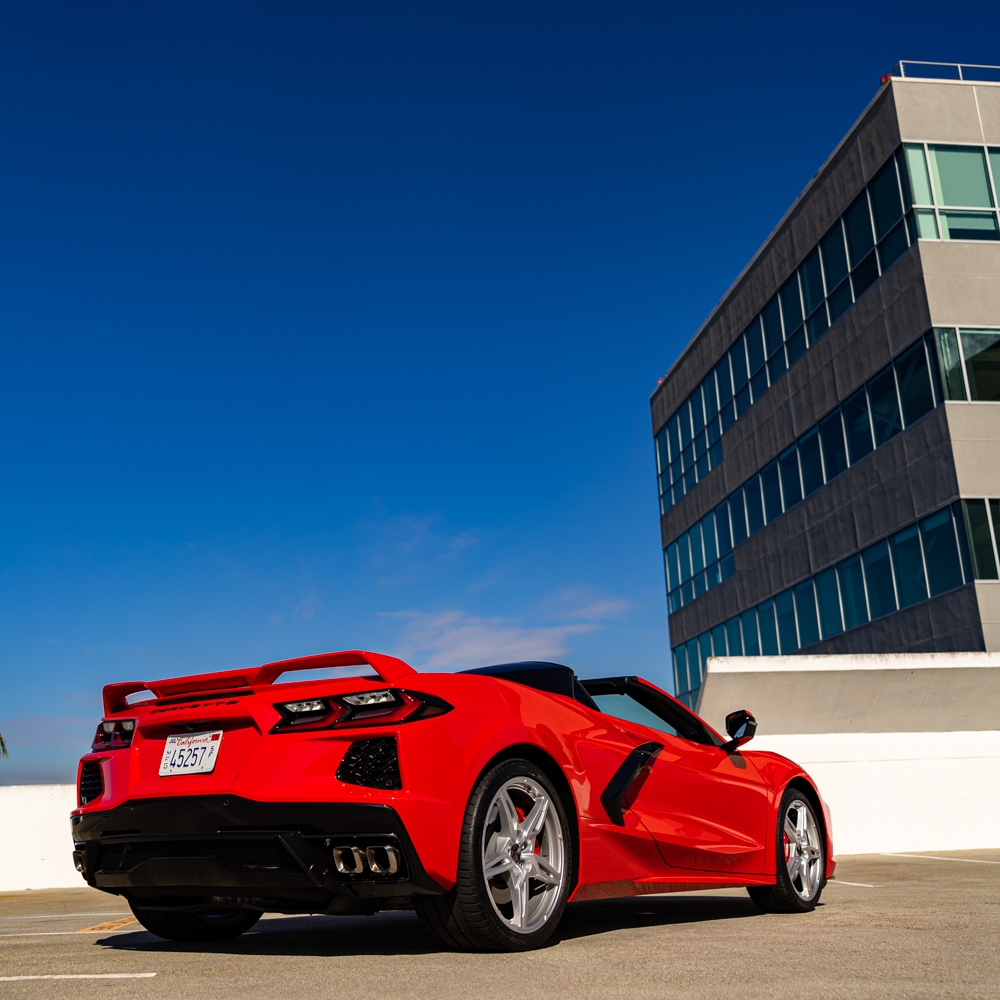
I know I just unfurled a whole lotta doom and gloom. And believe me, I’m not trying to exaggerate in any way, but let me offer two bits of hopeful context…
1) There’s Still a TON of Time. At this point, it’s looking like the automakers are going to beat government regulations to stop producing gasoline-powered cars before 2035 (trucks are a different matter, FYI). Even if it happens in 10, keep in mind that most people don’t drive new cars. Which means gasoline-powered vehicles are likely to make up the majority of vehicles on the road for, what, 20, 25 years? That’s a long time for automakers to build better EVs, improve batteries, and for the government and private sector to expand the grid and charging infrastructure.
On that timeline, think about the Corvette in 1996. Dramatically slower and less safe, and still a year away from the LS revolution that has dominated hot rodding for decades. In that sense, we have time to make this transition.
2) Corvette AND Performance are Here to Stay! The 1970s were terrible for Detroit and enthusiasts alike. But the 2020s promise a different future without any malaise. Why? Electric and hybrid vehicles offer several performance advantages. More specifically, instant torque and lower centers of gravity. Toss enough juice at a pair of electric motors and you’re in for a rollercoaster launch. I don’t have much Tesla seat time, but the Mustang Mach E and F-150 Lightning made me a fan of EVs in general. And the Hybrid Corvette E-Ray should be a stunner.
EVs aren’t for everyone. Not yet. But if you can install an at-home charger (an added expense) and don’t routinely drive over 200 or 300 miles each day, an EV can be extremely practical, reliable, and — wait for it — fun.
Corvette’s Future – What Comes Next?
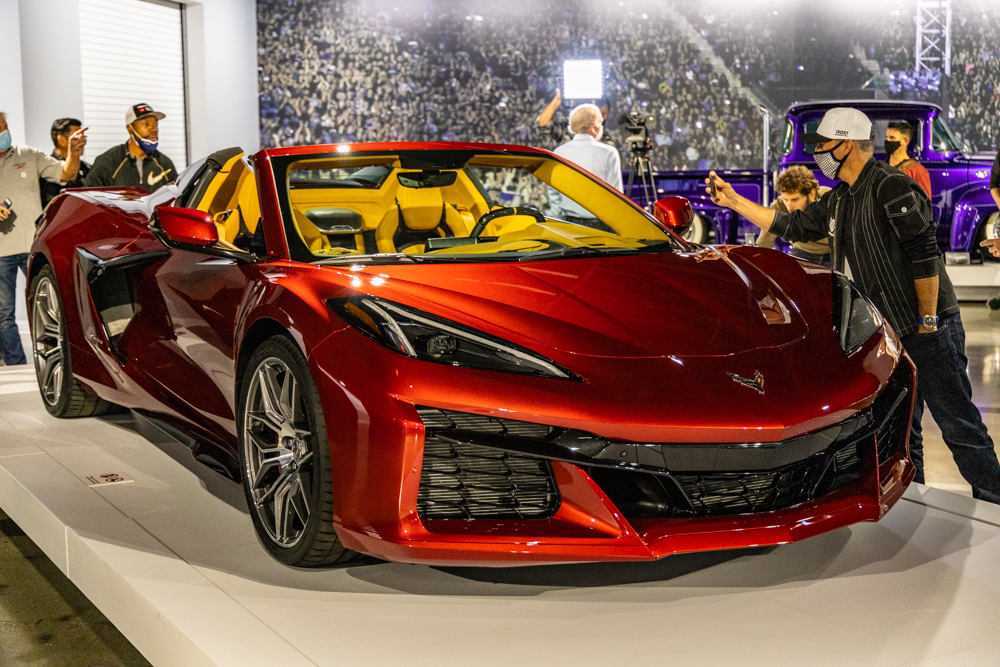
Corvette’s specific trajectory all depends on whether or not GM can meet C8 Corvette demand before the end of this generation. If it can’t, I don’t think much will change. It’s a fantastic car that will remain hard to buy and expensive. Which is good for current owners. And bad for everyone on the outside looking in. If GM can finally meet demand, perhaps we’ll return to an era where you can walk onto a lot and snag a Corvette without year(s) of waiting (and/or massive markups).
Following this, I bet the C8 will be the last gasoline-powered Corvette generation. In that sense, what we’re about to experience — the Z06, ZR1, and ZORA — is going to redefine and elevate Corvette to new heights. True American supercars. Insanely capable. And relatively (for these segments) affordable.
The trouble? There’s no way this lasts more than a few years. Not with hand-built flat-plane-crank engines. Not with GM, Dodge, and Ford already dropping power and entire engines from their lineup. In that sense, I expect Corvette to go supernova — burn bright and burn fast — before the end of the V8 comes.
Because here’s the reality. V8s may die. Internal combustion engines may die. But Corvette will live on. Just look at the C8. It is simultaneously groundbreaking while evoking decades of Corvette heritage and spirit. In that sense, when the ninth (or maybe tenth, if we’re lucky) generation EV-only Corvette debuts, expect it to be a blistering performance powerhouse at (relative) bargain prices. I don’t want to see the V8 die, but I’m also excited to see where Tadge and team take us.
Corvette 2021 Highs & Lows
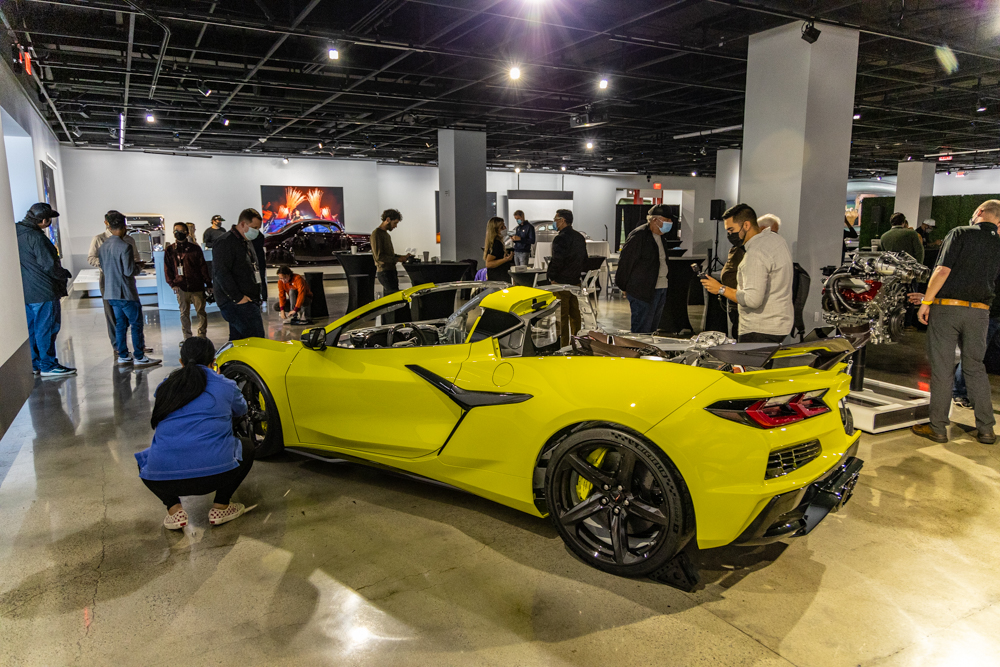
Highs
- 2023 Corvette Z06 debut stunned the world (and confirmed several rumors)
- GM managed to make more 2021 C8s than 2020 models
- If you can get one at MSRP, there’s no better sports car for the money
Lows
- Supply chain issues kept production lower than demand, driving up prices
- Many dealers are still charging ADMs
Featured Image: General Motors assets
Original Photos: Michael S. Palmer
